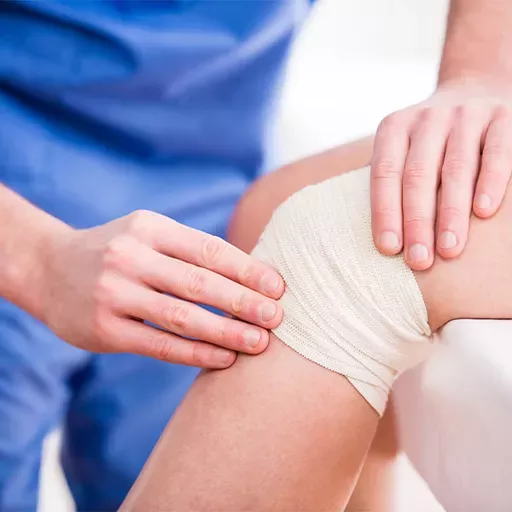What are the types of fractures?
There are many ways to break a bone. The Tier 1 Orthopedic and Neurosurgical Institute team categorizes fractures into types based on their features.
Stable fracture
With a stable fracture, you may have a crack or break in the bone, but the bones are barely out of place.
Transverse fracture
A transverse fracture means you have a horizontal break in the bone.
Oblique fracture
With an oblique fracture, the bone has a diagonal break.
Comminuted fracture
With a comminuted fracture, your bone shattered into three or more pieces.
Open or closed fracture
An open fracture means your bone pierces through the skin, while a closed fracture means there’s no break in your skin.
What are the symptoms of fractures?
Fractures may occur from many causes, such as a car accident, bad fall, or sports injury. You may also develop fractures from overuse. Symptoms that indicate you may have a fractured bone include:
- Intense pain
- Obvious deformity (bump, lump, bend, or twist)
- Swelling or bruising
- Tenderness at the site of your injury
- Numbness or tingling sensation
- Difficulty moving the injured body part
To ensure proper healing of a fracture, you need to seek medical help right away. Tier 1 Orthopedic and Neurosurgical Institute offers urgent care for fractures.
What happens during an evaluation for fractures?
When you visit Tier 1 Orthopedic and Neurosurgical Institute for a fracture evaluation, you can expect attentive care. Your provider reviews the details of your injury, including when and how it happened and your symptoms. They also review your medical history and examine your injured body part. To assess the severity of your fracture, they perform imaging tests on-site.
How are fractures treated?
Treatment for fractures depends on the location and fracture type. Tier 1 Orthopedic and Neurosurgical Institute is a full-service orthopedic practice and provides comprehensive care for all types of fractures. Treatment options include:
- Cast immobilization
- Traction to gently align bones
- Functional cast or brace that allows limited movement of nearby joints
- External fixation using screws and pins to stabilize the fractured bone
For serious fractures, the team may perform an open reduction external fixation (ORIF). During the procedure, your orthopedic surgeon realigns your bones and uses plates or rods to keep them in place. In some cases, the team may perform a joint replacement for severe fractures that affect the hip or ankle. Depending on the severity of your fracture, healing may take weeks to months. To support your recovery, Tier 1 Orthopedic and Neurosurgical Institute refers you to their on-site physical therapy team to help you regain muscle strength and joint mobility. For prompt care for your fracture from the experts, call Tier 1 Orthopedic and Neurosurgical Institute or request an appointment using the online scheduling tool today.

